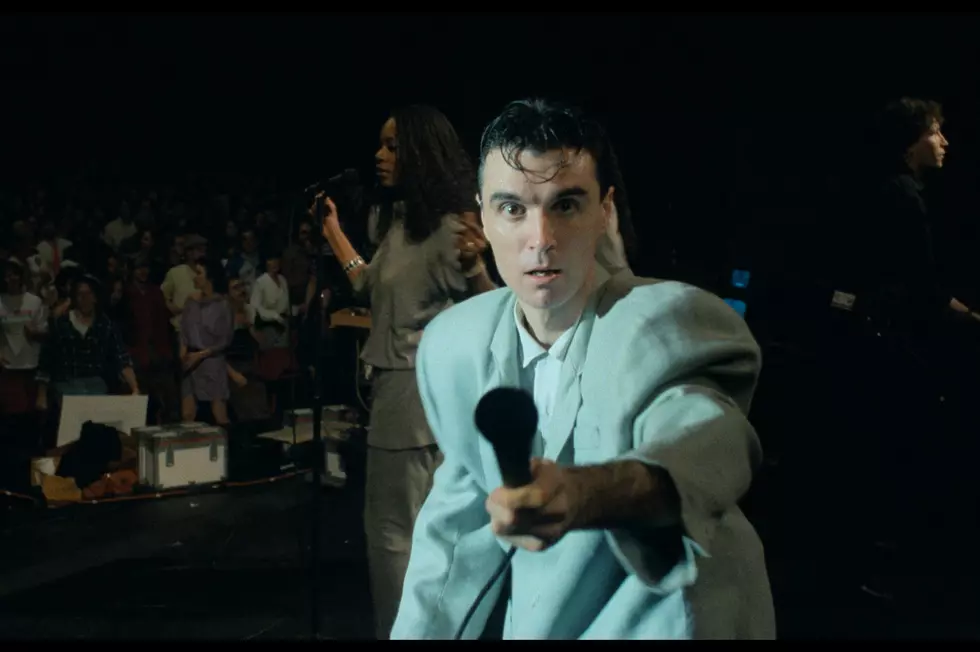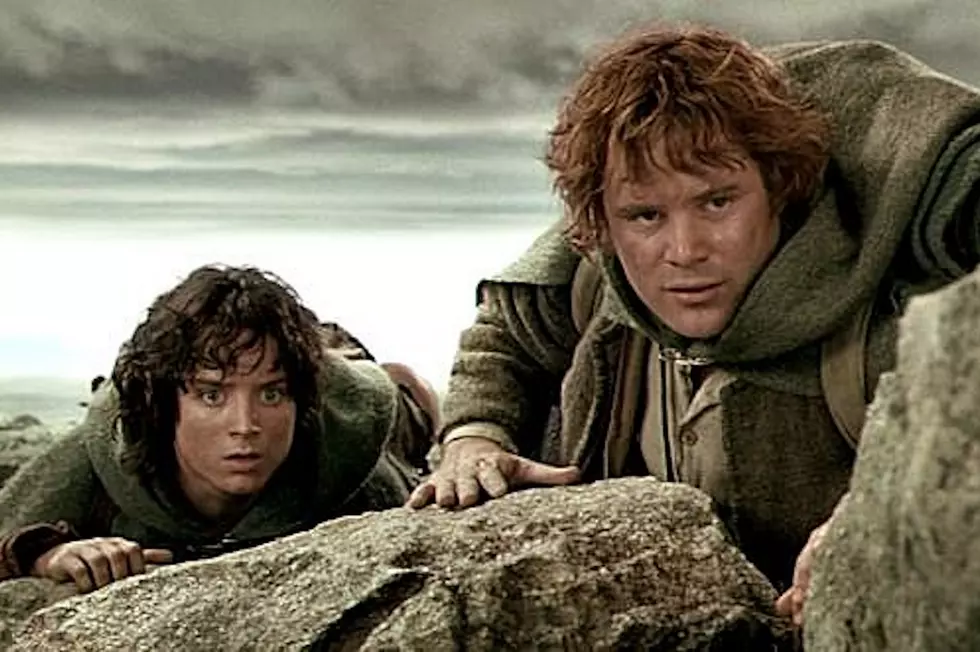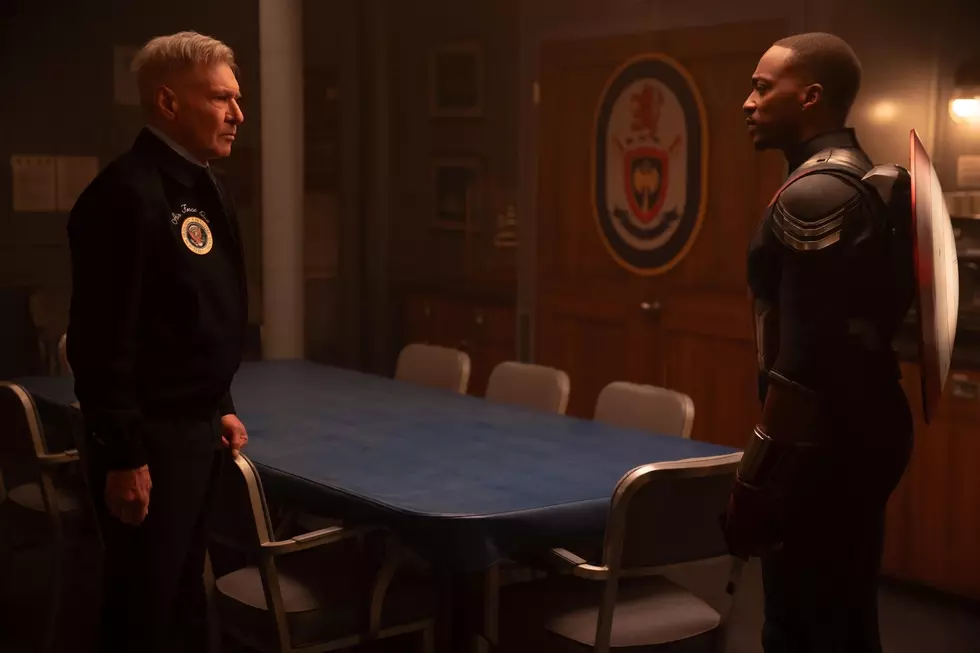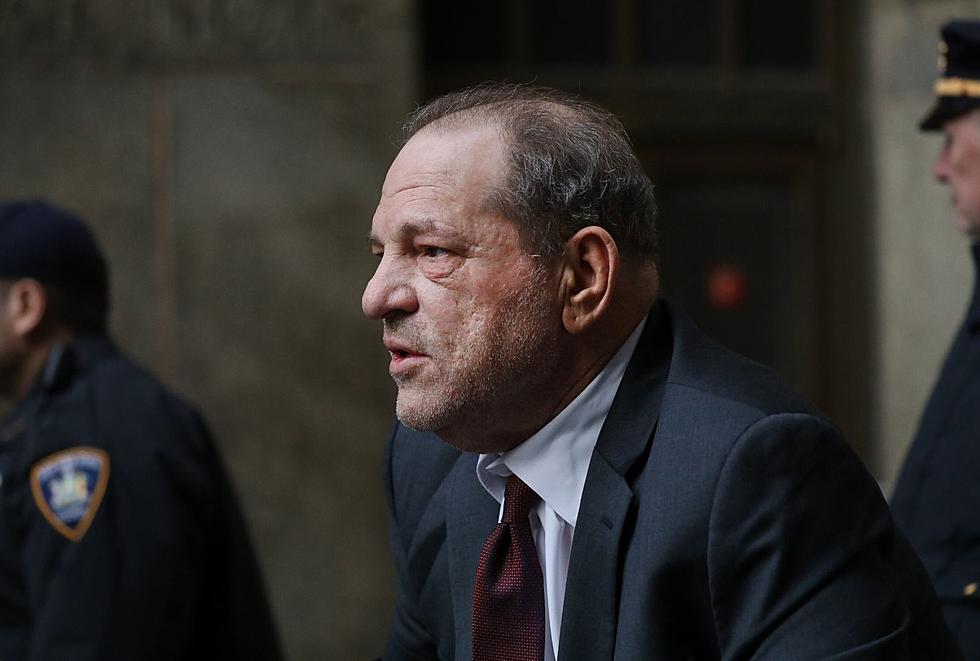
Have We Finally Reached Peak Sequel?
Last weekend, moviegoers faced a difficult choice. They could see a sequel to an unpopular live-action version of an old cartoon or a sequel to an unpopular live-action version of an old cartoon. If they wanted something more original, they could see a new live-action version of an old cartoon. (Don’t worry, the sequel’s already in the works.)
Other options: the latest sequel in a long-running comic-book franchise or the latest sequel in a long-running comic book franchise. (In some spots, they could still see the last latest sequel in a long-running comic-book franchise). There were some less derivative works: a period buddy comedy, a mockumentary about a pop star, a romantic drama based on a popular novel. But about half of every multiplex around the country was stocked with sequels — and that’s before two more open this weekend. (And then one more the week after that. [And then another the week after that.])
This isn’t a new phenomenon; movie theaters are usually stocked with sequels, particularly during the summer. But 2016’s crop seems a little different. Studios supposedly like sequels because they’re sure things, but most of this year’s sequels are flops. Some are outright disasters, to the point where both big trades wrote pieces about the state of sequels this weekend. The Hollywood Reporter analyzed Hollywood’s “new problem: Sequels moviegoers don’t want.” And Variety wondered whether Hollywood “has a sequel problem.”
They definitely have a problem with sequels not doing as well as their predecessors. On Box Office Mojo’s list of the Top 100 movies of 2016 so far, only a handful have outgrossed the films they’re following. Captain America: Civil War has already earned $130 million more than Captain America: The Winter Soldier in the U.S. (and about $400 million more worldwide). And Batman v Superman: Dawn of Justice improved on Man of Steel’s box office totals domestically and abroad. But both of those sequels had numerous added attractions, like appearances by Robert Downey Jr.’s Iron Man and Ben Affleck’s Batman. Those added attractions also result in added costs, so in this case even the good news is slightly tempered.
Almost everywhere else, at least where sequels are concerned, the news is bad. The only other 2016 sequel that outgrossed its predecessor worldwide is London Has Fallen, which took in nearly $200 million overseas but had a steep drop in ticket sales in the U.S. (It made $35 million less domestically than Olympus Has Fallen.) This, according to Variety, is simply how the studios operate now:
Franchises are the straw that stirs a studio’s drink. As the domestic theatrical business slows, the one area of growth is the foreign box office. To that end, sequels tend to travel, playing particularly well in markets such as China that have become a critical source of revenue.
Sequels tend to travel, but not so much this year. 2016’s box-office totals to date read like a list of franchise killers. Kung Fu Panda 3 made $140 million less worldwide than Kung Fu Panda 2. The Divergent Series: Allegiant made half of The Divergent Series: Insurgent in the United States; The Huntsman: Winter’s War made less than half of what Snow White and the Huntsman did worldwide. With a pitiful $52.6 million through 11 days of domestic release, Alice Through the Looking Glass will need a miracle to match the $116 million 2010’s Alice in Wonderland earned in just its opening weekend. Even God's Not Dead 2 made a third of God’s Not Dead 1. God may not be dead, but even He’s getting sick of all these retreads.
All of these busted sequels (with more potential ones on the way, including Now You See Me 2, Mechanic: Resurrection, and later in the fall Ouija 2, Underworld 5, and Inferno) expose several flaws in modern Hollywood’s business model: Most crucially, that the entire film industry is built on a contradiction. American movies in 2016 are all about creating events, movies so “important” that they can’t be missed (or, more specifically, that they can’t be put off until they show up on cable or streaming services). But how much of an event can something be if it’s the sixth installment in a series that seemingly has no planned ending?
The highest grossing movies every year tend to be legitimate events: the first Star Wars film to reunite the original cast in 30 years, the very last Harry Potter film, the first time the Avengers assembled onscreen. Batman meets (and battles) Superman for the first time? The Avengers are ripped apart, possibly for ever? These are true events. Audiences spent their money accordingly.
But events are unique; that’s what makes them events. Hollywood now tries to position so many sequels as events, that they’ve inadvertently diluted their primary selling point. When everything is an event, nothing is an event — and when a franchise has no end in sight each individual installment is inherently less unique, because there will always be more where that came from. The Force Awakens made almost a billion dollars in the U.S. alone; but that came after a decade without a new Star Wars film. Will there be the same demand for Rogue One later this year? All the talk about the film’s reshoots and adjusting its tone suggests that’s a serious concern.
It’s easy to satisfy someone who’s starving. Once they’re well-fed, people tend to get a lot pickier. And perversely, when everything is so massive and epic and incredible, then the rare, smaller standalone film begins to feel a bit more special. That could explain the surprising success of films like Deadpool, which was explicitly sold by Fox as a subversion of bloated event films and wound up making a lot more than Fox’s actual bloated summer event film, X-Men: Apocalypse.
The bloat raging through these sequels is another serious issue. The only way to stand out in a crowd of tentpoles is to raise a bigger tent. That’s why you see Batman and Superman sharing the screen instead of spending their time in separate franchises, and why the third Captain America wound up looking a lot like a third Avengers movie. But how much larger can these movies get? How many more characters can you cram into the frame before it just becomes an incoherent mess? It’s like Commissioner Gordon worrying about escalation at the end of Batman Begins. A cop carries a semi-automatic, the bad guys grab automatics; the cops buy Kevlar, the Joker finds armor-piercing rounds. You add Batman to a Superman movie, they add all the Avengers to Captain America 3. Where does it end?
Meanwhile, as the biggest get bigger, other so-called blockbusters begin to appear second-rate in comparison — and everything looks similar because everything is operating on a similar scale with similar world-ending stakes and similarly apocalyptic villains shooting similar beams of similar energy at similar cities. Suddenly, a medium marketed primarily on the strength of its one-of-a-kind experiences looks awfully homogeneous.
There’s another factor at work here, and it’s maybe the most important one. In Hollywood’s desperate search for anything with brand recognition they can sell to the widest possible worldwide audience, they’ve tried to turn B-movie material into A-movies. Rather than overwhelming popular demand leading filmmakers to return to beloved characters, it’s the filmmakers who are trying to push viewers back to characters who weren’t all that popular to begin with. The result: 2016 in cinema, and a situation where most sequels aren’t driven by audience demand but by studio demand. And if the audience didn’t ask for these movies in the first place, why is it any surprise when no one shows up to see them?
More From ScreenCrush

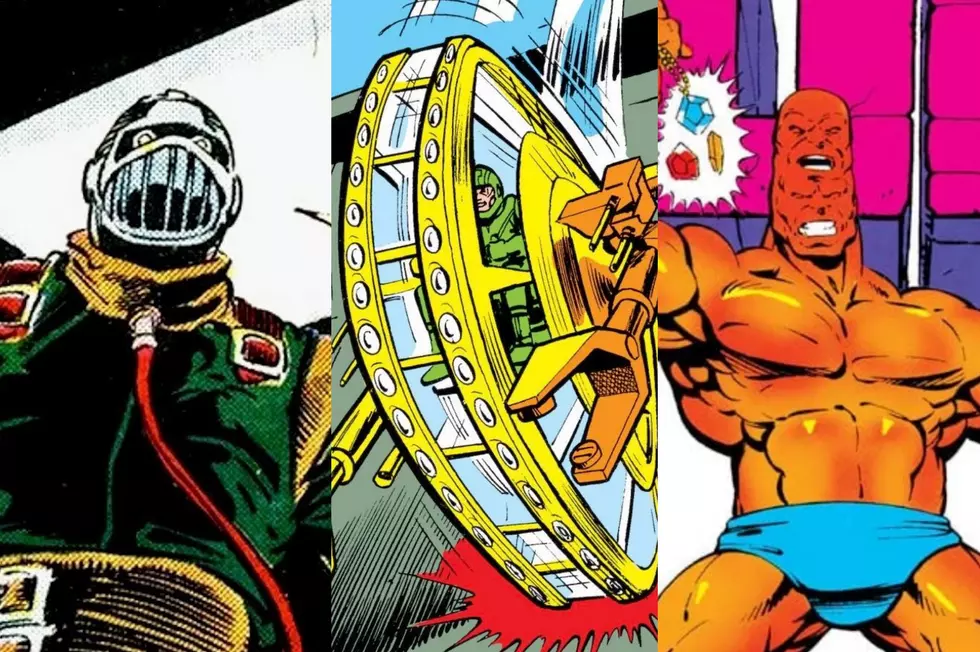


![Harrison Ford’s Spectacular $20 Million California Estate For Sale — See Inside! [Pictures]](http://townsquare.media/site/204/files/2024/04/attachment-harrison-ford-house-for-sale-pictures.jpg?w=980&q=75)
